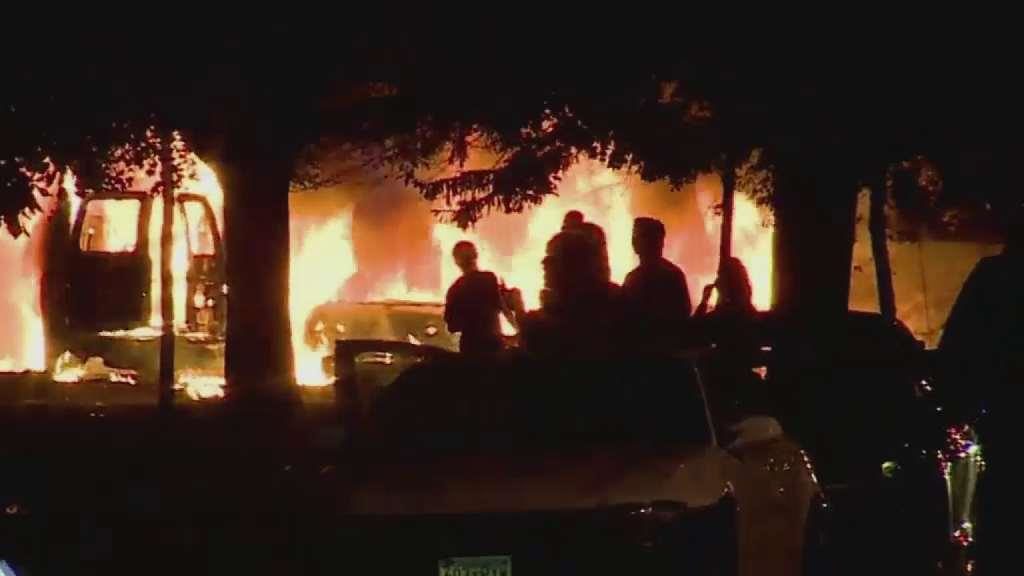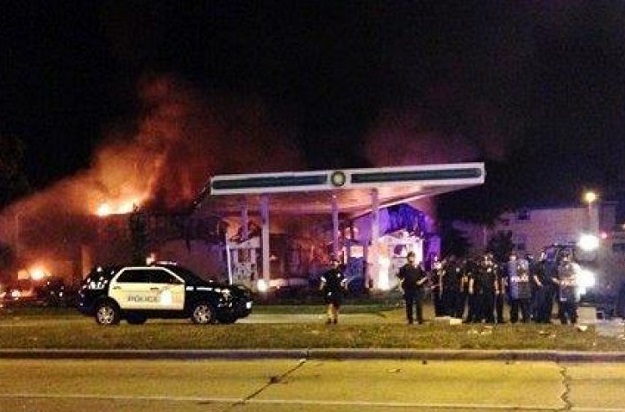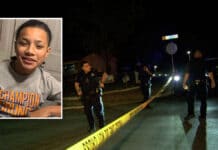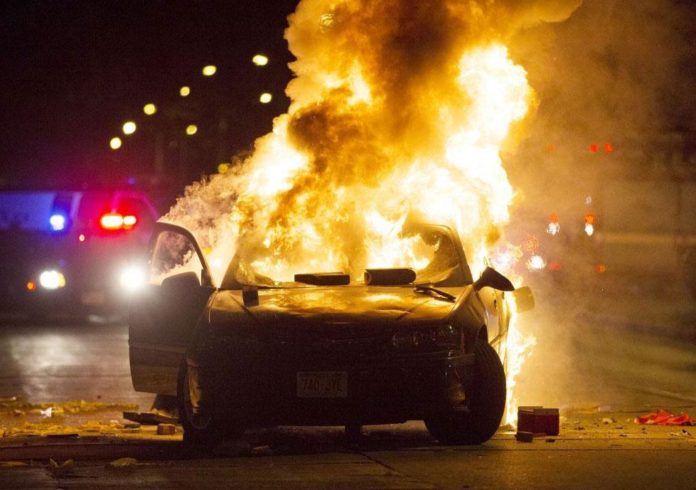
Milwaukee Wisconsin is the latest city to be ravaged by protests and riots, following the shooting death of Sylville Smith by Milwaukee rookie cop, Dominique Heaggan-Brown. According to police, Smith was shot after fleeing from cops and refusing to drop a firearm. The shooting led to three days of rioting, looting and protesting as years of pent up frustration were let loose on the city.
We simply don’t have enough facts to understand this case. What we do know is that the victim of the shooting, Sylville Smith, was armed and attempted to flee on foot from a traffic stop. We also know that he was shot in the chest, which means he was facing the officer when he was shot. It has been reported that Smith never threatened anyone with his firearm. We also know that Ofc. Dominique Brown went to school with Smith and had been involved in previous incidents with him.
What people usually don’t realize is that if you are holding a firearm, whether threatening anyone with it or not, police can easily articulate their way out of it. Their reasoning is: it only takes a split second for the bad guy to raise the gun and fire. This is supported by case law.
While Tennessee v. Garner protects unarmed fleeing suspects, it holds no protection for armed suspects, especially those facing the officer at the time of the shooting. Shooting an armed subject will almost always be justified in a court of law. The court of public opinion, however, is another story. Regardless of the circumstances, the people of Milwaukee were angry over decades of mistreatment, with this shooting acting as a catalyst for the destruction that followed.
The riots in Milwaukee – much like the riots in Ferguson – did not occur over a single incident. While all it took was a single bullet to spark the outrage, the result was brought about by years of discriminatory and blatantly racist conduct by not only the police, but by the city itself. The black population of Milwaukee, like much of inner city America, go largely ignored by their municipal leaders who fail to invest in the community, leaving minorities to squander in low income neighborhoods. With the economy in Wisconsin taking a downturn, low income workers have felt the effects of economic hardship, like nothing experienced in this area for decades.
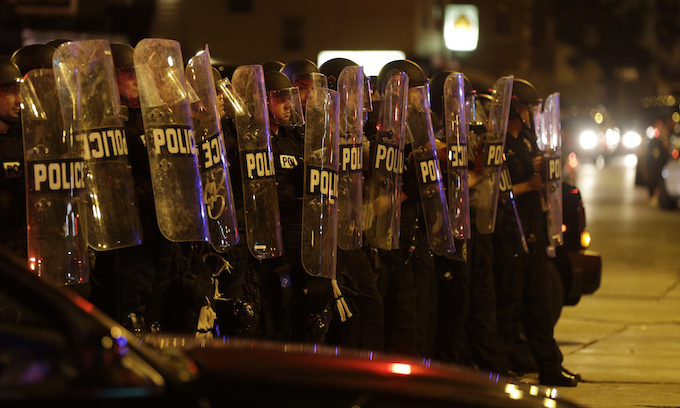
The frustration of the economy was only part of the equation. Milwaukee has experience the citing and imprisoning of blacks, in what would appear to be a Ferguson-like policing-for-profit system. A citation becomes a warrant, which becomes an endless cycle of debt to the state, and imprisonment. It costs more money to imprison people than the amount of the fines they were cited for. This creates an economic drain on the state, eventually leading to social programs slashed; to fund their criminal justice machine. This is an evil cycle of oppression, which begins through individual, institutionalized racism and negative economic conditions. The people most affected by this cycle in Milwaukee, weren’t going to take it again.

In this case, the police shooter was a black man. Touted in the media as a former rapper, Dominique Heaggan-Brown was yet the latest in a growing line of rookie cops who questionably killed a black man. This case in particular, goes to show that hiring more black cops isn’t the solution to a systemic and cultural problem. Personally, I had a black cop once tell me, and this is a direct quote, “Even I don’t like black people most of the time.” Individuals who enter into police culture, enter into a group-think mindset which employs institutional racism as a weapon. This becomes a weapon of black officers, as well as white.
With Heaggan-Brown, otherwise known as KB Domo – his rapper alter ego, his employment with the Milwaukee PD is questionable, at best. Lyrics from his songs include overtly hostile phrases like “mess with my circle imma start a riot like it’s Baltimore.” Inflammatory public statements, which are how those should be viewed by police, are a big no-no, especially when saying them while employed by a police department. This officer appeared in a rap video just last year.
Shortly after the shooting, an initial group of around 100 protesters gathered near the corner of North Sherman and Auer. The small protest quickly grew with first 25-30 officers responding, then hundreds of both the Milwaukee Police and Milwaukee Sheriff’s Department. By the next day, August 14, things had calmed down, with peaceful protests continuing until the nightfall. Once the sun set, Milwaukee was turned upside-down with more rioting, looting and one person being shot. By the third day, police had quelled most of the unrest and the 2016 Milwaukee Riots came to an end.
The Milwaukee police never identified Heaggan-Brown as the shooter. Instead, he was outed by social media, where a picture and various threats were posted. Milwaukee Police stated that they feared for his safety in light of the subsequent events. Heaggan-Brown had only two years experience. Much like the Alton Sterling and Philando Castile shootings, this is just the latest in a string of deadly shootings by rookie cops, leading us to ask the question: what the hell are they teaching them these days?
The institutionalized racism that permeates our society appears to go on unimpeded by the outcries from the public. It is an unfortunate reality that in the long run, the message sent by the riots in Milwaukee will never make its way to receptive ears.
Sources: Filming Cops, NY Daily News, Naked Capitalism, Dominique Heaggan-Brown Facts.
This article (The Milwaukee Riots and the Shooting Death of Sylville Smith) is a free and open source. You have permission to republish this article under a Creative Commons license with attribution to the author and AnonHQ.com.


